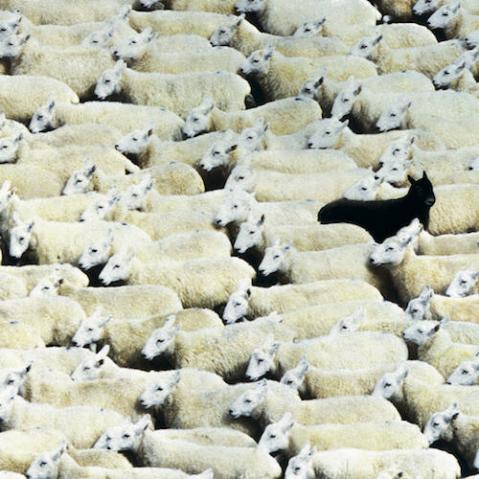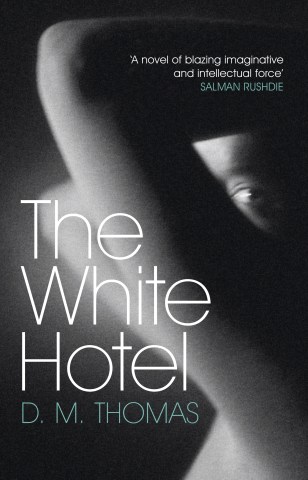Creating a tableau image
In art, a tableau is an arrangement of several figures who appear to be functioning in some way together, with a suggestion of being deliberate and formal. Inevitably, there’s an element of the theatre in a tableau, a stage-like setting, and this little scene on the edge of a lake had the makings of just such a picture.

Indeed, the decking definitely looked like a stage, and from the start that suggested a viewpoint from exactly in front, lined up, and straight.
People drifted in and out like actors, usually in pairs, and the backlighting helped to make them all seem like a cohesive group (even though they weren’t) by suppressing details like the colour of clothing that would normally differentiate them, and by showing them in part-silhouette. There was an additional graphic touch that made the shot worthwhile—the correspondence between these figures on the deck and the buildings on the skyline at the other end of the lake. They, too, looked similar because of the backlighting and because of the late afternoon haze that rendered them all the same pale, warm-grey tone. The numbers of each, people and buildings, was also about right for the comparison.
That was the general idea, but what about the best moment in a constantly changing arrangement? Here, what was required was a separation between the figures, because that would bring a purely graphic order to the image. One of the most basic ideas in composition with photography is to impose order on chaos—a way of putting the photographer’s personal stamp on a scene. Not everyone agrees that this has to be done, but it is the tradition in street photography, and seemed appropriate here.

This shot was one of seven frames taken over a two-and-a-half minute period, made with the minimum requirements of separation. All the in-between moments were messier.
This scene was about the search for stance and/or gesture, with a premium on anything that looked interesting or active. Within each picture, there were contenders, such as two people pointing, or an almost balletic walk by one couple, and of course people photographing each other. The moment that worked best had an extreme camera-pointing pose on the left of the frame, matched by another figure on the right also taking a picture. This, as the illustration shows, gave me two inward-pointing pieces of action, which in a way enclosed the scene.
One of photography’s true greats, Henri Cartier-Bresson, nailed photography perfectly when he coined the phrase ‘the decisive moment’. No one has come up with a better description, but how do you capture it? This book beautiful new book, Capturing the Moment by Michael Freeman, presented in the style of the acclaimed Capturing Light, deals with the unique power of photography – and the specifically techniques required – to analyse a slice of life and capture it as the perfect still.
 Capturing the Moment
Capturing the Moment
Michael Freeman
Buy it now!
RRP: £19.99


